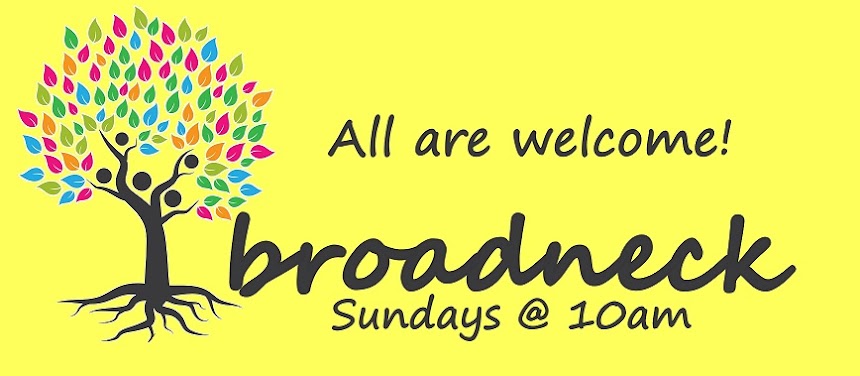There are about 1,000 things I either want to say or feel need to be said (or, at least, discussed) about this Sunday's Gospel reading--parts of which are among the most familiar things Jesus ever said, parts of which sound like they are still in the original Greek and lacking a clear translation for all the sense they make. After spending some time last Sunday dwelling in Jesus' beautiful image provided in his statement, "I am the gate," however...I wondered if it would be more fruitful this week to continue a visual approach to the Gospel and to consider what we picture when Jesus offers another of his "I am" declarations here: "I am the way."
I did a Google Images search for pictures that come up when you type in "I am the way, the truth, and the life", and the myriad pictures of different ways that came up were fascinating to me. You got a lot of pictures that are similar to this in genre and content:
 A lot of words are added to Jesus' declaration in this picture...loaded words, interpretive words....words which may not have been Jesus' intention in offering us this image. Yet other accounts offer a similar theological interpretation without words. I found this one particularly interesting...and disturbing, the more I look at it:
A lot of words are added to Jesus' declaration in this picture...loaded words, interpretive words....words which may not have been Jesus' intention in offering us this image. Yet other accounts offer a similar theological interpretation without words. I found this one particularly interesting...and disturbing, the more I look at it:
Bridges seem a common motif to depict "the way," whether starkly photographed or whimsically imagined:


Artists have been captured by this description of Jesus, finding a wide variety of ways to sketch and paint representations of the way:

 Then there's this, a way that looks like there is within it, ironically, no way through at all:
Then there's this, a way that looks like there is within it, ironically, no way through at all: There are some images of the way that look common enough that they could be found in our neighborhood, even in our own backyard:
There are some images of the way that look common enough that they could be found in our neighborhood, even in our own backyard:
And then there are some ways that take a different shape than any road or path we've ever thought about before:

As I scrolled through all of these and many more images, looking for a concept of what it might mean to think of Jesus as "way," (which can also be translated "road" or "path", in case you wondered!), I found some interesting, but none that were like, "Yes! That's it!" So my question to you is...based upon what YOU know of Jesus...if you were to photograph, draw, or depict what sort of way you think Jesus is...what might you contribute to this series of images? Which images draw you in, if any? Which appall you, if any? Is there only one way to picture this way, or many?
A picture does indeed paint a thousand words...or, in this case, at least, those ten vivid words shared by Jesus: "I am the way, and the truth, and the life." May we all enter into the mysterious imagination of the fullness of what those rich words might convey and invite us into.

2 comments:
I wish I could draw well enough to paint the image this brings to my mind. If I could, it would look like this:
In the middle of a winding road, lined with villagers, house and field in the background; the father from Jesus' parable of the Prodigal Sons running down the road, robe hiked up, to meet his son and protect him from the scorn of the villagers.
Above that, as background, in that faint way that gets done, the picture of Jesus, arms outstetched...."If you've seen me, you've seen the Father"
What if "no one comes to the Father but by me" is about accepting that kind of welcome more than it is about escaping punishment.
Still wish I could draw it.
-Stephen
This is a useful meditation, Abby, in showing us what our preconceptions of God are and what we hope for.
Of course, today I feel sad on behalf of those people that have been misled about the rapture. Not only because they've put their faith in the wrong person AND man's supposed wisdom, but because it illustrates what these folks hope for.
While it seems at first at they are hoping for Jesus (and what's wrong for that!), these folks believe in predestinatation - so why run around and warn people? It would appear that they also hope for further separation between themselves (the Elect) and the Other. The message of these people is all about making people on the outside of this group feel alienated.
Which is pretty much the opposite of my reading of Jesus's ministry, and certainly Stephen's vision/description above.
Sigh...
Post a Comment